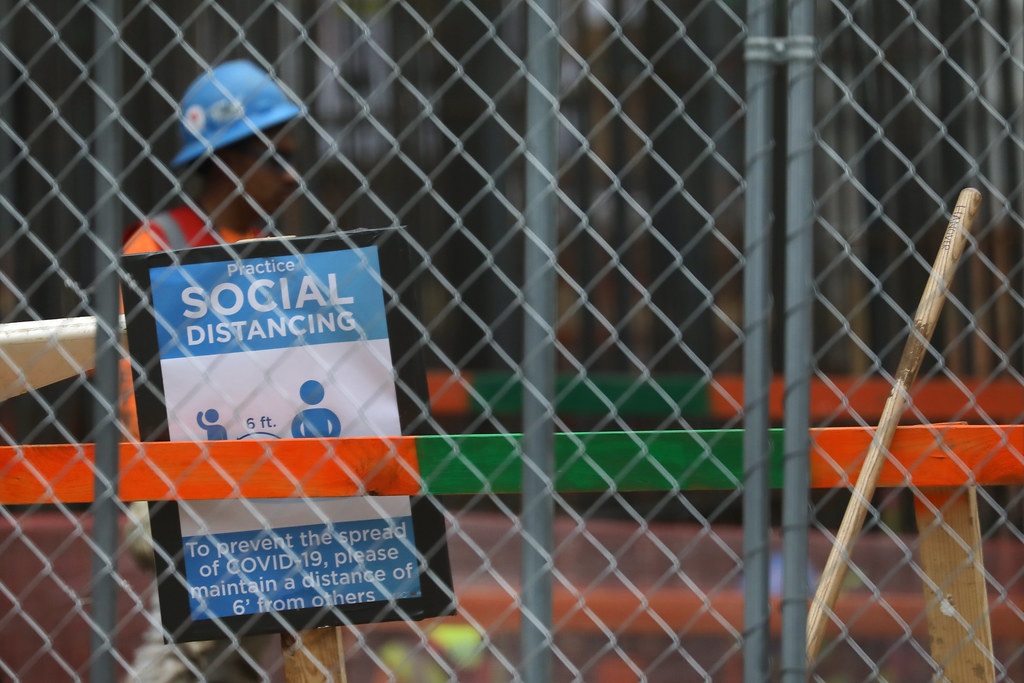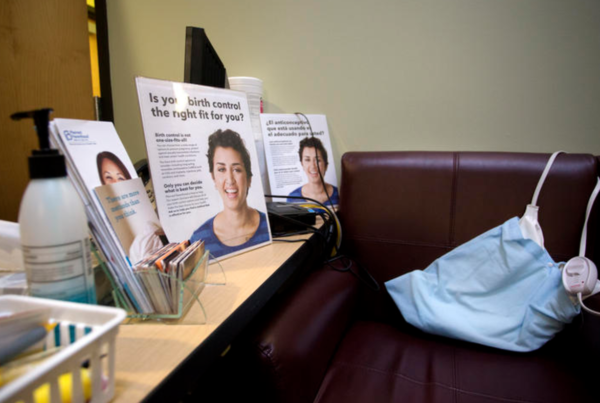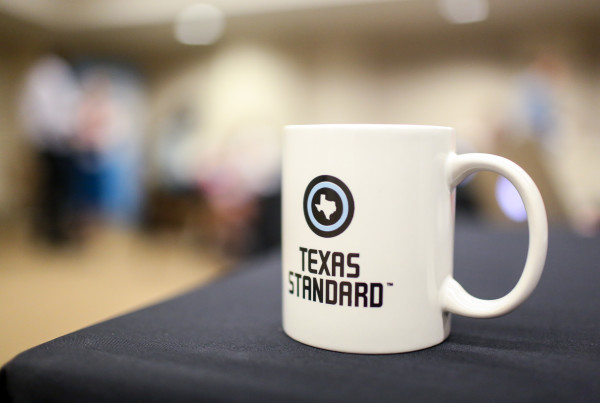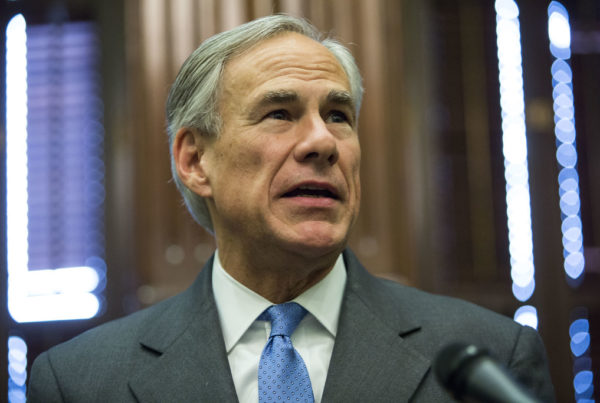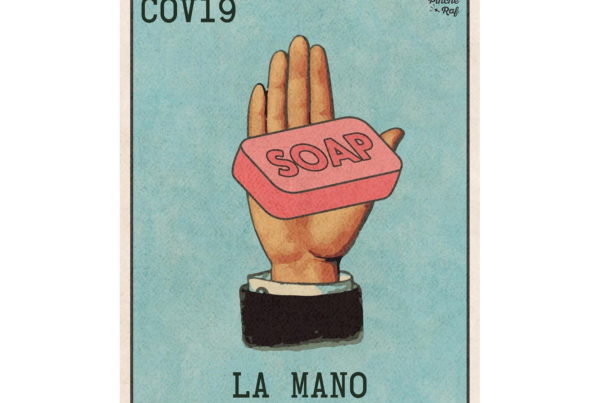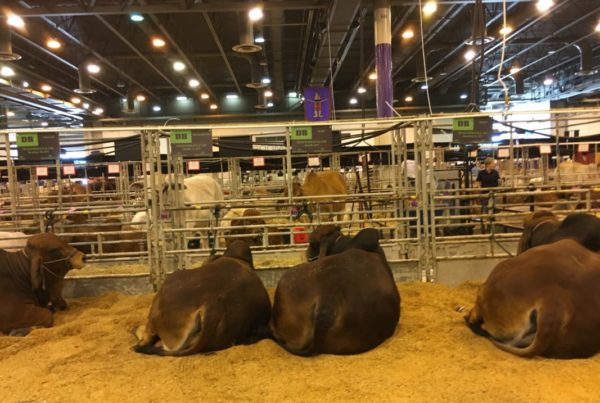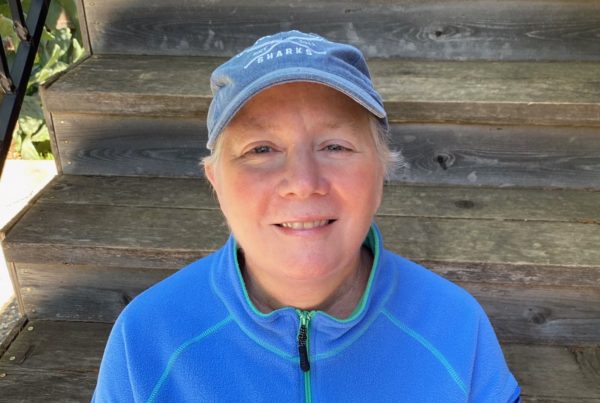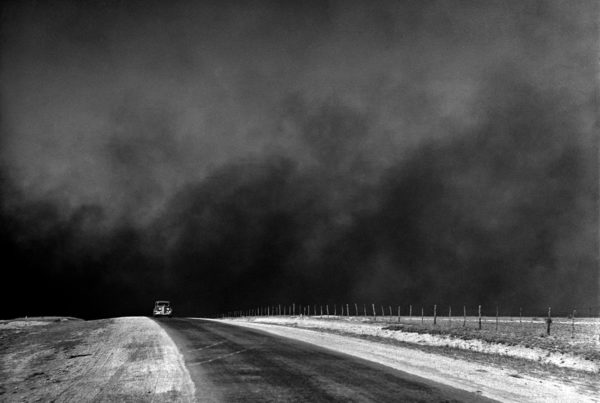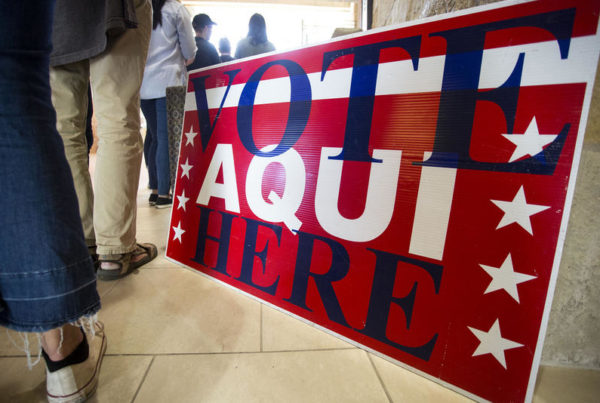Editor’s note: Between the reporting and airing of this story, Austin Resource Recovery’s director, Ken Snipes, told the Texas Standard that masks are now provided for employees.
Interstate 35 is a vital transportation artery cutting across Texas, south to north. It stretches from Mexico, through Dallas and eventually ends up in Canada. The highway is essential for keeping goods flowing between the three largest countries in North America – everything from produce to medical equipment is trucked along it. And it’s especially important during the pandemic as people are more aware of the vulnerability of the supply chain.
But the highway is also a divider. It splits the population of Texas into two very uneven sectors. A large majority of Texans live east of I-35, says Texas State Demographer Lloyd Potter.
“It’s 87% of our population,” he says.
And it creates local divisions, too. In Austin, I-35 divided the city by race, starting in the mid-20th century. And it wasn’t by accident. Eliot Tretter, author of “Shadows of a Sunbelt City: The Environment, Racism and the Knowledge Economy in Austin,” says I-35 became a “monument” that separated white Austin from non-white Austin – a means of segregation.
“Some people call [Austin] the ‘Dual City’ or the ‘Apartheid City,’” Tretter says.
That duality is especially apparent during the COVID-19 pandemic, and particularly during the early morning. In west Austin at that time of day, there’s an atmosphere of peacefulness. The west side tends to be wealthier, and many people there work from home right now. So, at, say 5:30 a.m. or 6:00 a.m., many residents are still asleep. But in parts of east Austin, there’s a buzzy atmosphere as some residents head to work in jobs deemed essential by the state. But that buzziness can also make it feel like an alternate reality, as if the virus doesn’t exist.


